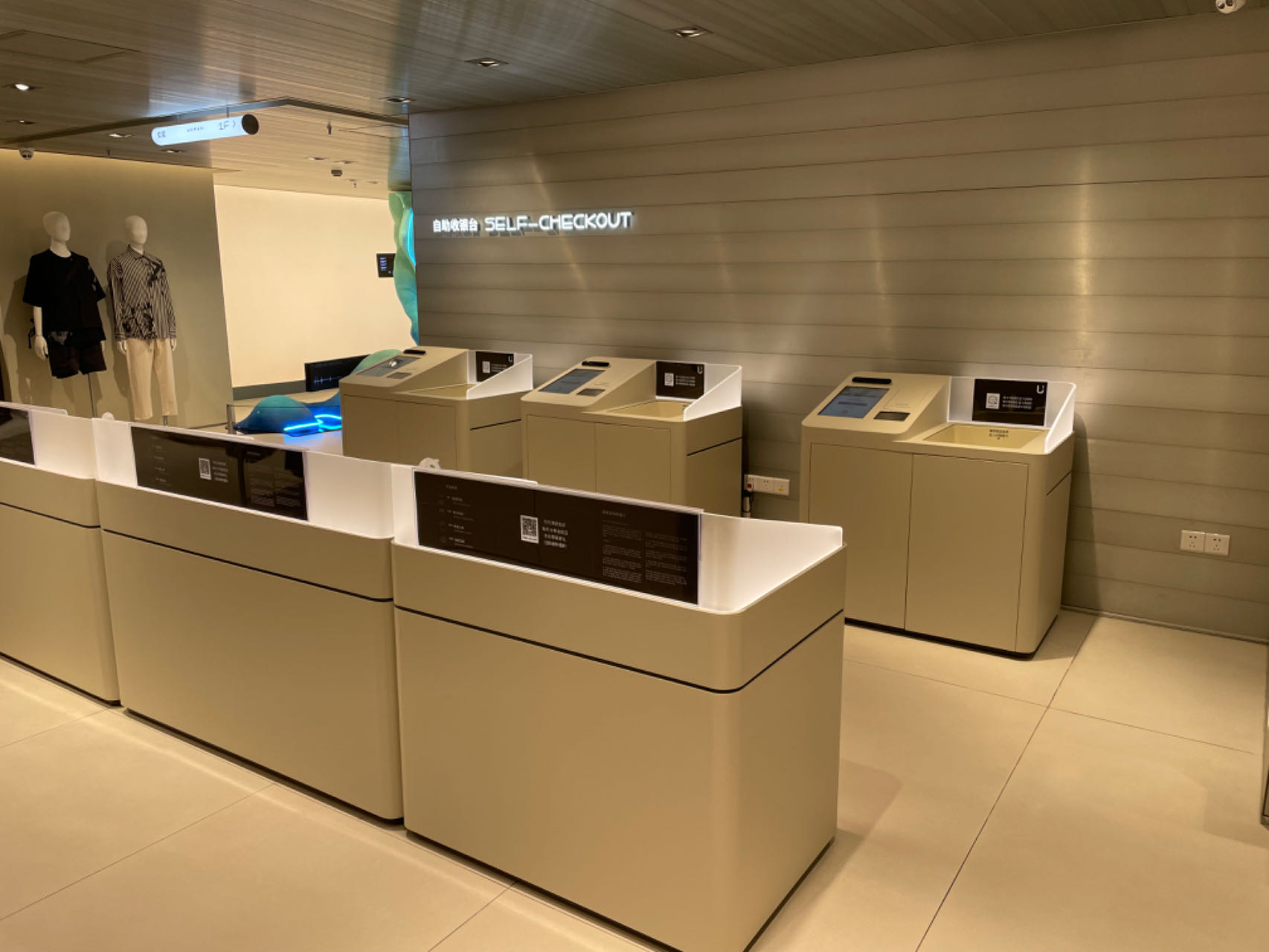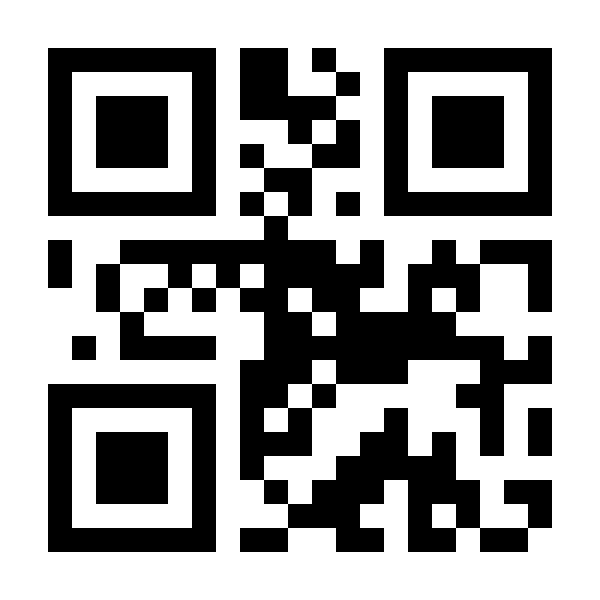- Home
- About Us
- News Updates
- Opinion Article
- The Next Evolution – RFID Redefines Checkout Experiences
The Next Evolution – RFID Redefines Checkout Experiences
When OpenAI’s Sora model took social media by storm, it showcased yet another leap in cutting-edge technology. But groundbreaking innovation isn’t limited to AI—RFID is quietly revolutionizing retail, starting with the checkout process.
Today, self-checkout systems are commonplace in supermarkets and convenience stores, requiring customers to scan items one by one. While functional, this process is far from seamless.
Compare that to the effortless experience at brands like UR, UNIQLO, and Decathlon, where RFID-powered self-checkout delivers speed and simplicity that feels like magic.

How RFID Transforms Checkout
At its core, RFID relies on two components:
RFID Tags: Tiny, embedded labels storing product details (name, price, size, etc.).
RFID Readers: Devices that wirelessly detect and process tag data.
Here’s how it works:
Shoppers place items into an RFID-enabled checkout basket.
The reader instantly scans all tags simultaneously—no manual scanning required.
A detailed bill is generated in seconds, slashing wait times.
Beyond Checkout: The Power of "Live Data"
RFID’s true brilliance lies in turning products into real-time data points, tracking them from factory to warehouse to store shelf. This end-to-end visibility enables:
✔ Automated inventory updates – No more manual stock counts.
✔ Loss prevention – Tags trigger alerts for unpaid items.
✔ Supply chain agility – Real-time insights optimize restocking and logistics.
RFID isn’t just a checkout upgrade—it’s a cornerstone of retail’s digital transformation, benefiting both retailers (efficiency, accuracy) and shoppers (hassle-free experiences).
As brands like UR and UNIQLO lead the charge, one thing is clear: The future of retail is contactless, seamless, and powered by RFID.



